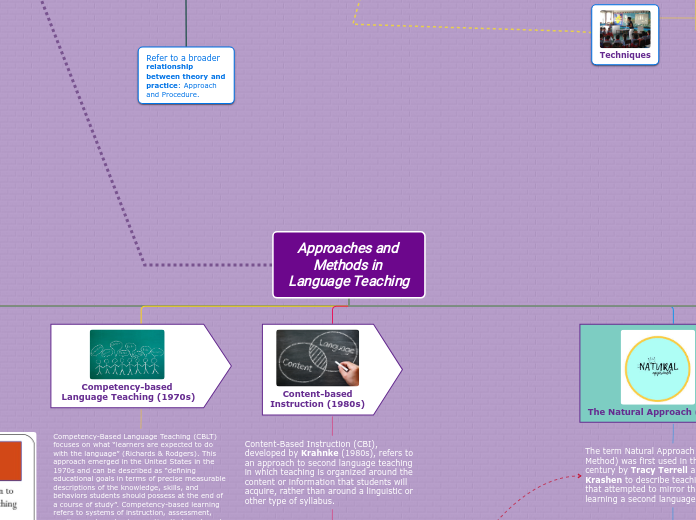Language Variation and Change Genre and age
Types of Language Variety:
Register
Types of language used in different situations, including lexical choices.
Often refers to specialist jargon associated with specific activities or groups.
Example: Medical jargon used by healthcare professionals.
Pidgins and Creoles
Creole:
A pidgin that has become a first language.
Characteristics: Expanded grammar and vocabulary to meet native speakers' needs.
Example: Haitian Creole.
Pidgin:
Characteristics: No native speakers, simple grammar, limited vocabulary.
A language variety developed for practical communication between speakers without a common language.
Jargon and Slang:
Slang: Informal vernacular vocabulary, subject to rapid change.
Jargon: Technical vocabulary for specific activities/groups.
Style
Variation in speech based on social context.
Example: Informal conversation with friends vs. formal lecture.
Isoglosses and Dialect Boundaries
Represents boundaries with noticeable pronunciation or vocabulary differences.
Accent and Dialect:
Accent: Regional or social variation in pronunciation.
Dialect: Features of grammar, vocabulary, and pronunciation.
Examples:
Spanglish: Dialect of Spanish and English.
Factors Affecting Dialect Variation:
Geographical Locations
Social Class
Educational Background or Occupation
Standard Language: Basis of printed English, used in mass media and taught in schools.
Vernacular: Language used in everyday life, informal and casual.
Used for informal interaction.
Acquired at home.
Uncodified or unstandardized.
Components:
Variety or Code
Variety: Any set of linguistic forms patterned by social factors.
Code: Different accents, styles, dialects, or languages used in specific social circumstances.
Gender and Social Class:
Women's speech aligns more with men in the same social class than with women from other classes.
Examples:
Western Societies: Women generally use more standard grammatical forms, men use more vernacular forms.
Detroit: Men use more multiple negation in speech, more pronounced in lower social groups.
Language, Society, and Culture
Examples:
Black English Vernacular: Reflects ethnic background.
Individual Speech Patterns: Unique to each speaker, influenced by various personal and social factors.
Ethnic Background and Idiolect:
Idiolect: Personal dialect of an individual speaker.
Factors Influencing Idiolect:
Voice quality
Physical state
Social factors
Social Class and Education:
Indicators of social class and education level reflected in speech.
Speech and Identity:
Speech indicates regional accent, dialect, and social identity.
Membership of different social groups or speech communities reflected in speech patterns.
Language Planning
Government and educational planning of language use for official business.
Examples: Official government language policies.
Social Status Explanation:
Women in paid employment use more standard forms than those working at home.
Women may use more standard forms due to greater status consciousness.
Standard forms represent linguistic capital, valuable for professional identity.
Sex and Gender
Gender
Gender-exclusive speech forms: Specific to one gender.
Bengali (India): Women use initial [l], men use [n] in some words.
Distinguishing people based on socio-cultural behavior, including speech.
Sex
Categories distinguished by biological characteristics.









